Car Dashboard Symbols With Names: Indicators!
Understanding car dashboard symbols and their names is essential for any driver to maintain vehicle safety and performance. These symbols act as indicators for various vehicle functions and potential issues.
The dashboard lights range from signaling routine operations, like turning on the headlights, to alerting drivers about possible engine problems or brake system issues.
Some of the most common and critical dashboard symbols include the check engine light, battery charge warning, oil pressure warning, and tire pressure monitoring system (TPMS) indicator.
Being familiar with these can help drivers identify and rectify problems quickly, avoiding roadside breakdowns or costly repairs.
Car dashboard symbols serve as an immediate notification system for the driver, signaling various vehicle conditions:
These are just a few examples, but there are many more symbols, each with its own specific meaning and level of urgency.
Immediate recognition of dashboard symbols can prevent minor issues from escalating into major repairs.
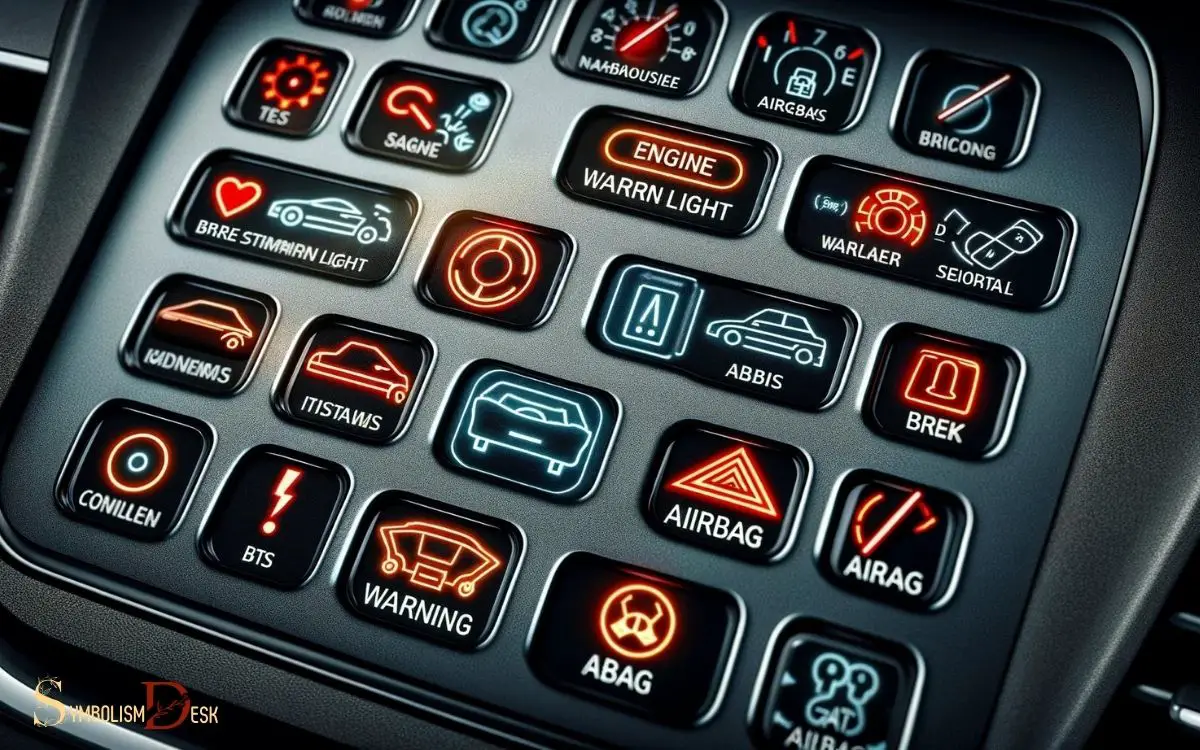
Key Takeaway
Check Engine Light
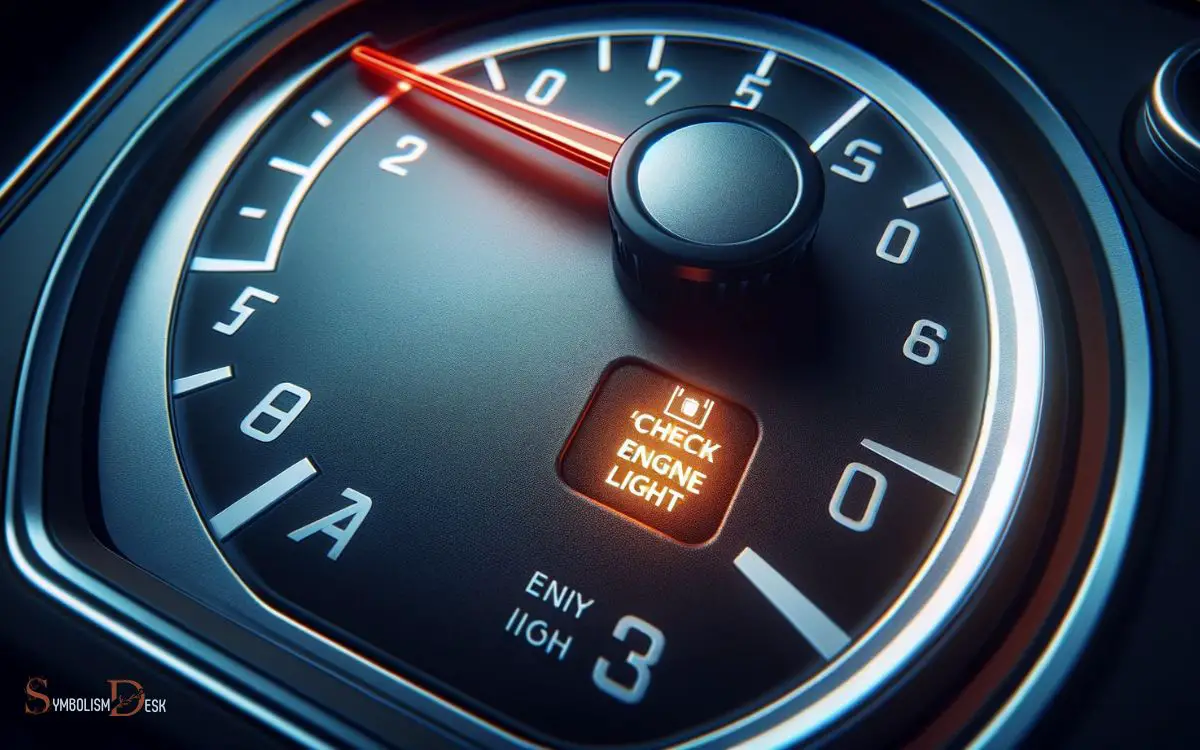
Indicating potential issues with the vehicle’s engine, the check engine light illuminates to alert the driver of a problem. When this light comes on, it’s essential to address it promptly to prevent further damage.
The issues could range from something as simple as a loose gas cap to more complex problems with the engine’s components.
To get to the root of the problem, a diagnostic scan is necessary to retrieve error codes stored in the car’s computer system. While the light itself doesn’t provide specifics about the issue, it serves as a warning to seek professional help.
Ignoring the check engine light can lead to reduced fuel efficiency, engine damage, or even safety hazards. Therefore, it’s crucial to address this warning signal promptly.
Oil Pressure Warning
When the oil pressure warning light activates on the dashboard, it signals a potential issue with the vehicle’s lubrication system.
This warning should be taken seriously as it indicates that the engine is not receiving enough oil pressure, which can lead to serious damage if not addressed promptly.
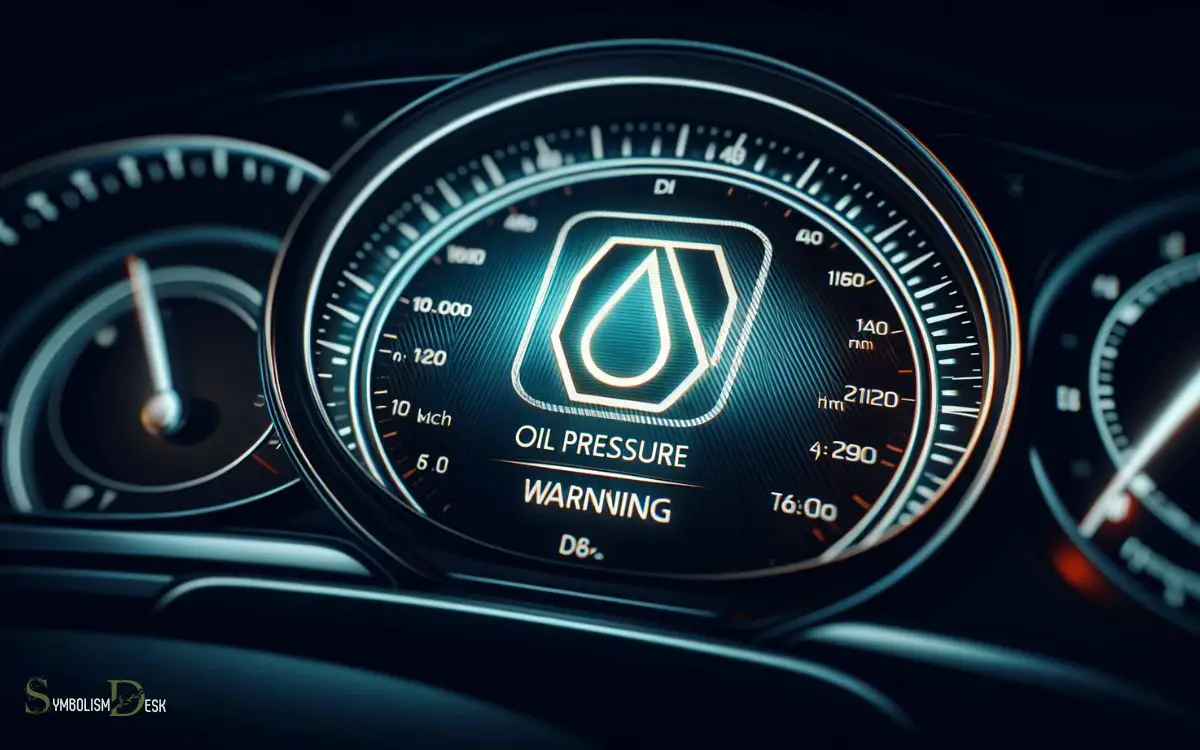
Here are some possible reasons for the oil pressure warning light to come on:
- Low oil level
- Oil pump malfunction
- Clogged oil filter
- Engine oil leaks
- Worn-out engine bearings
If the oil pressure warning light illuminates while driving, it’s crucial to pull over safely, turn off the engine, and check the oil level.
If the oil level is low, topping it up may resolve the issue. However, if the problem persists, it’s recommended to seek professional assistance to prevent potential engine damage.
Battery Charge Warning
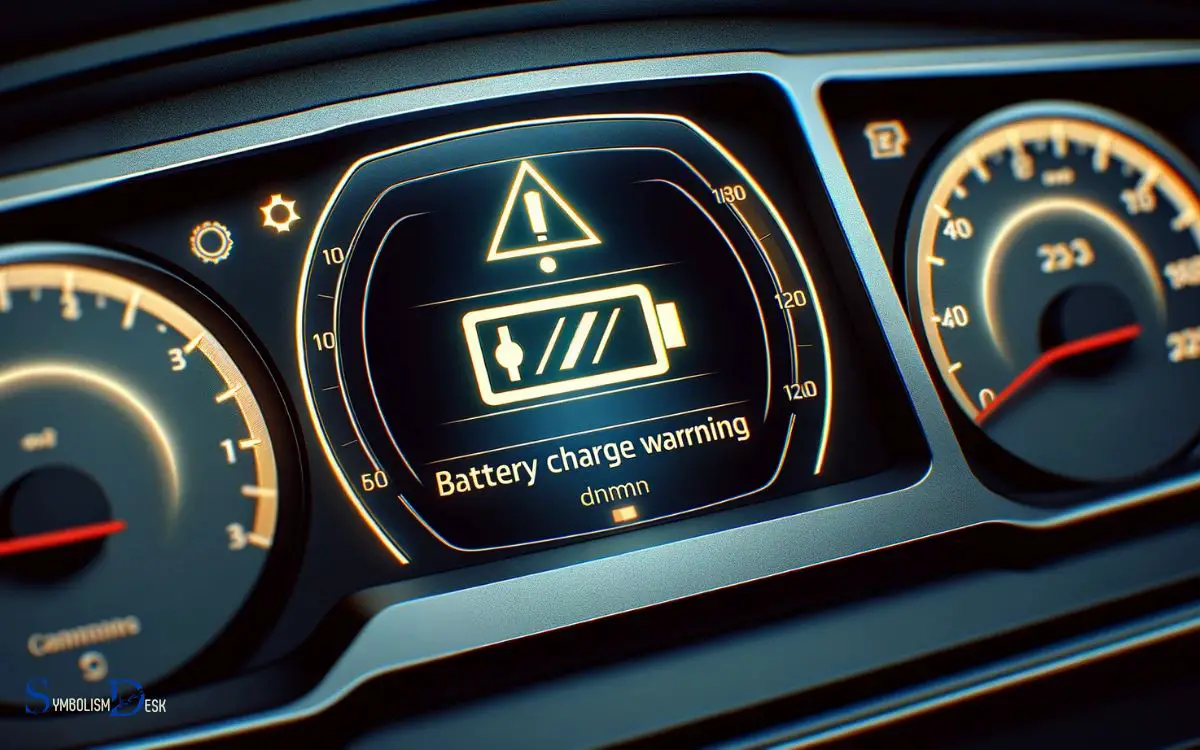
Is the battery charge warning light on the dashboard illuminated while driving? This light indicates a potential issue with the vehicle’s charging system.
It could mean that the battery is not being charged properly, which may lead to a drained battery and ultimately cause the vehicle to stall.
When this warning light comes on, it is essential to have the charging system checked by a qualified mechanic to diagnose and address any potential problems. Ignoring this warning could lead to more severe issues and an unexpected breakdown.
Tire Pressure Monitoring
The tire pressure monitoring system alerts drivers to any potential changes in tire pressure while driving. This system is crucial for maintaining optimal tire performance and ensuring vehicle safety.
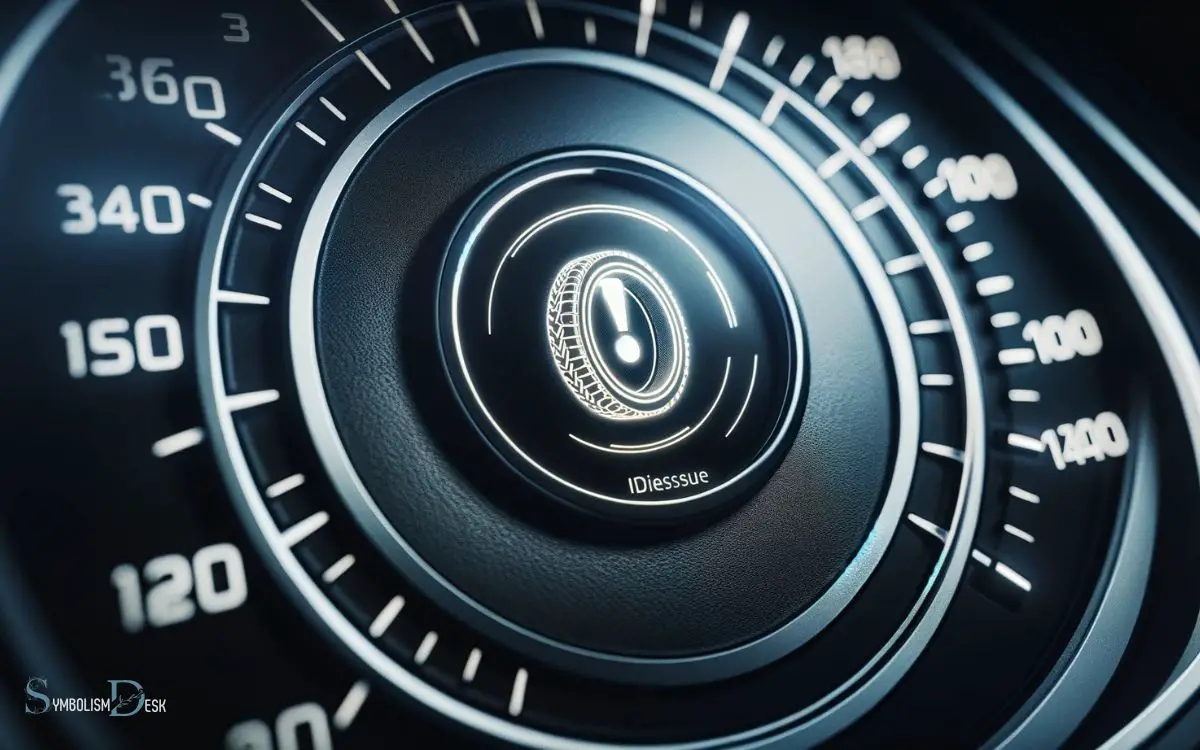
Here are key points about tire pressure monitoring:
- It helps prevent accidents and blowouts due to underinflated or overinflated tires.
- The dashboard symbol for tire pressure monitoring usually resembles an exclamation mark inside a horseshoe or a cross-section of a tire with an exclamation point in the middle.
- When the symbol illuminates, it signifies a potential issue with the tire pressure that needs immediate attention.
- Some vehicles provide specific information about each tire’s pressure, making it easier to identify the problematic tire.
Regularly checking tire pressure and addressing any issues promptly can help prolong the lifespan of the tires and improve fuel efficiency.
Anti-lock Braking System (ABS)
An essential safety feature in modern vehicles, the anti-lock braking system (ABS) is designed to prevent wheel lock-up during sudden braking. The ABS works by modulating the brake pressure to each wheel during emergency stops, allowing the driver to maintain steering control.
Understanding the dashboard symbol for ABS is crucial for knowing when the system is engaged.
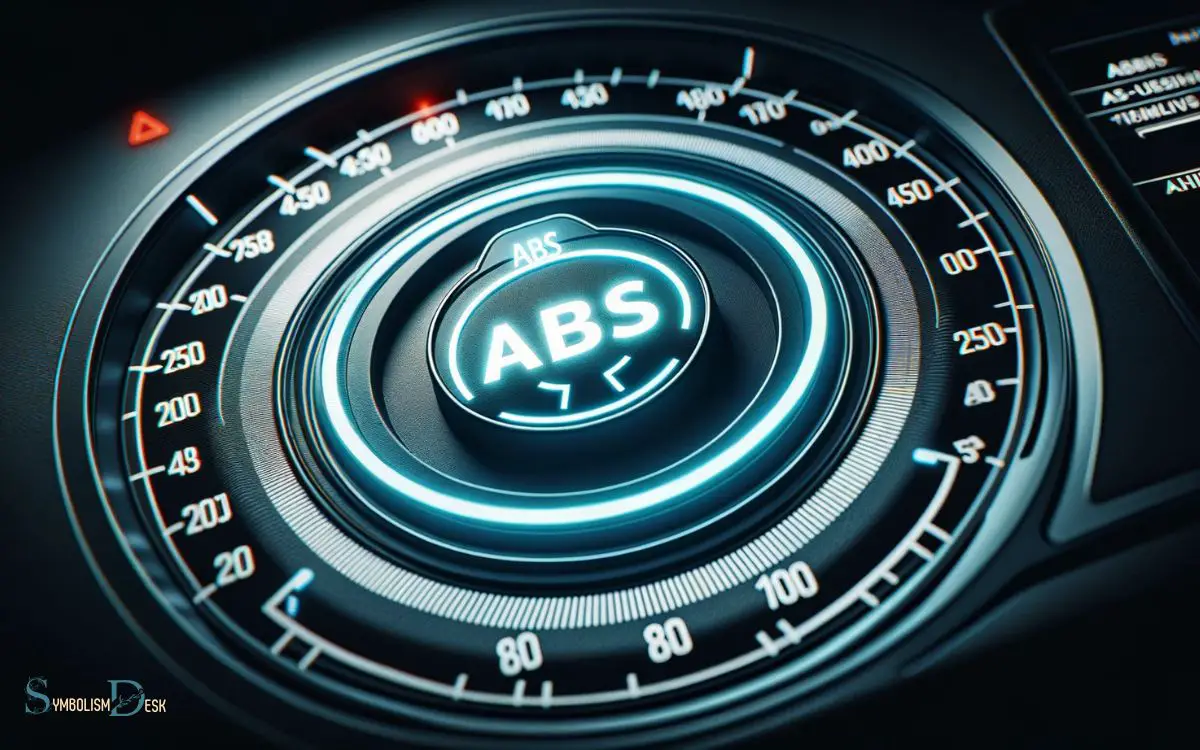
Below is a table explaining the ABS symbol and its meaning:
| Symbol | Name | Meaning |
|---|---|---|
| ABS | Anti-lock Braking System | Indicates an issue with the ABS system or that it’s engaged |
It’s important for drivers to be aware of the ABS symbol and its meaning to ensure they can respond appropriately to any alerts related to the system.
Car Display Symbols and Meanings
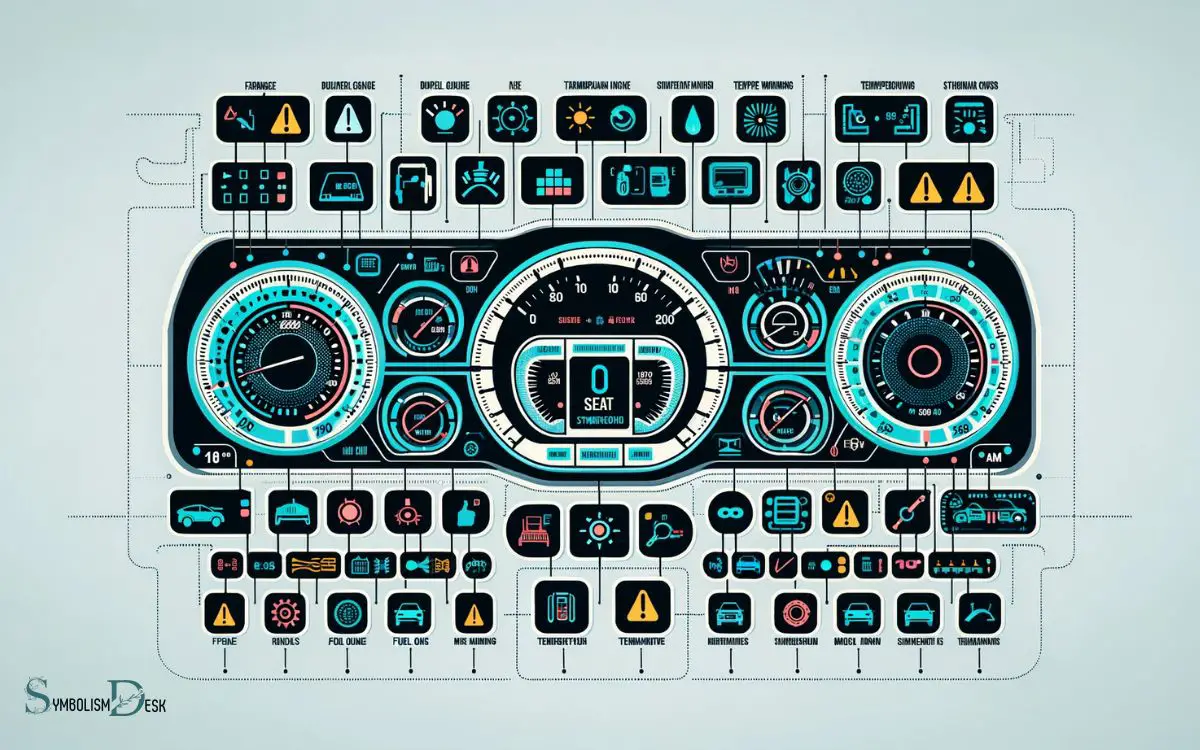
Here are some common car display symbols and their meanings:
- Check Engine Light: Indicates a potential issue with the engine. It requires diagnostic testing.
- Battery Charge Warning: Suggests a problem with the charging system or battery.
- Oil Pressure Warning: Warns of low oil pressure, which can damage the engine.
- ABS Warning Light: Indicates a problem with the anti-lock braking system.
- Tire Pressure Warning: Informs about incorrect tire pressure, which affects safety and fuel efficiency.
- Engine Temperature Warning: Alerts to high engine temperature, which could lead to overheating.
- Seat Belt Reminder: Reminds occupants to fasten seat belts for safety.
- Airbag Indicator: Signals issues with the airbags or the airbag system.
- Low Fuel Warning: Indicates low fuel level, requiring refueling.
- Transmission Temperature Warning: Warns of high transmission fluid temperature.
- Coolant Temperature Warning: Alerts to high engine coolant temperature.
- ESP/Traction Control: Indicates issues with the Electronic Stability Program or traction control.
- Traction Control Off: Informs that the traction control system is turned off.
- Cruise Control: Indicates the cruise control system is active.
- Lane Departure Warning: Alerts when the vehicle drifts out of its lane without signaling.
- Blind Spot Warning: Warns of objects in the blind spot when changing lanes.
- Park Assist: Signals the activation of parking assist sensors.
- Adaptive Headlights: Indicates the activation of adaptive headlight systems.
- Low Washer Fluid Warning: Alerts to low windshield washer fluid level.
- Door Ajar Warning: Warns when a door is not properly closed.
Please note that the symbols and meanings may vary slightly depending on the make and model of your car. Always refer to your vehicle’s owner’s manual for specific information related to your car’s dashboard symbols.
Conclusion
After learning about car dashboard symbols and their names, it’s important for drivers to stay informed and aware of their vehicle’s warning signs. Understanding these symbols can help prevent potential issues and keep everyone safe on the road. By familiarizing themselves with these indicators, drivers can address problems before they escalate, ensuring their vehicle runs smoothly. Resources like guides or videos that have Ford dashboard warning lights explained can be particularly helpful for Ford owners to decode alerts specific to their model. Ultimately, staying proactive about dashboard warnings contributes to a safer and more efficient driving experience.
It’s always a good idea to consult the owner’s manual for specific information about your car’s dashboard symbols. Stay informed and drive with confidence.






